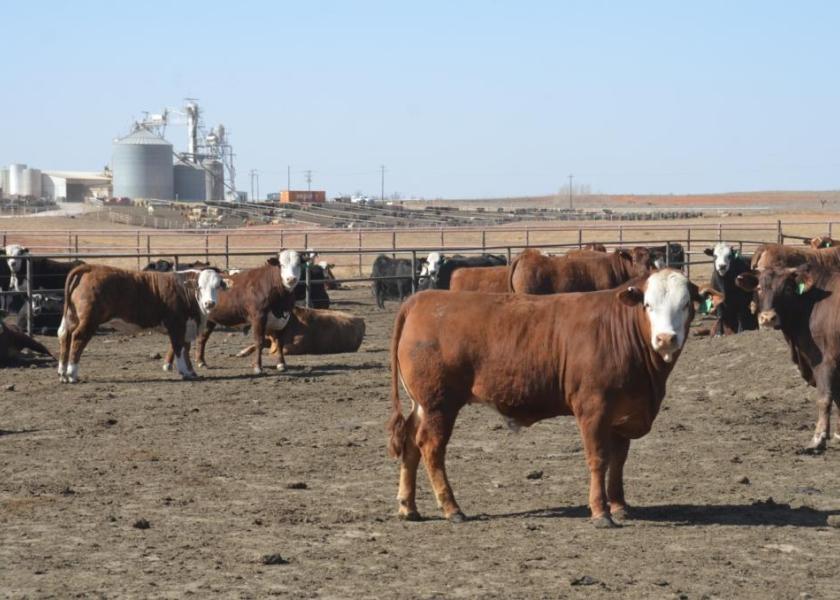Cattle Markets and Second Half of 2019 Outlook

U.S. cattle slaughter for the first quarter of 2019 was slightly above a year ago (up 0.7%, while tonnage produced was 0.8% below 2018’s. The year-over-year increase was due to larger heifer and cow (beef and dairy) harvests. Production declined because of lower dressed weights for steers, heifers, and cows. For the second quarter, Livestock Marketing Information Center (LMIC) projects more production than a year ago (rising 1.8%).
So far this year weekly cattle prices have bounced from above to below a year ago (the average was lower), except for cull cows which have been consistently weaker. The first quarter posted lower prices compared to 2018’s. In that quarter, the fed steer price (5-market reported by USDA’s Agricultural Marketing Service) only slipped slightly (-0.1%). In the Southern Plains, compared to a year earlier 700-to 800-pound steers were down by $5.76 per cwt. (slipping by 3.9%), and 500-to 600-pound steers were $171.41 a decline of $8.60 per cwt. (down 4.8%). In the second quarter, the projections are for prices to average slightly above 2018’s – fed animals up about 2% compared to 2018’s, and both 700-to 800-pound and 500-to-600-pound steers 1% higher.
In the third quarter of 2019, LMIC forecasts U.S beef production at 3.5% to 4.0% above ‘18 (note: there is one more slaughter day in 2019 versus 2018). Domestic beef demand is expected to remain rather strong and exports may climb above 2018’s, in contrast to the decline posted for the first three months of this year. LMIC forecasts that in the third quarter (July-September) fed steer prices will average $112 to $115 per cwt. (up just over 3% year-over-year). Feeder steers (700-to 800-pound) are expected to be 3% to 4% below 2018’s $155.99 per cwt., and 500-to 600-pound steers unchanged to 1% higher.
The fourth quarter forecast is a 1% year-over-year gain in U.S. beef output and bigger exports. Compared to 2018’s, fed cattle prices may be higher (up 1% to 3%), 700-to 800-pound steers flat, and calves unchanged to 4% stronger.







